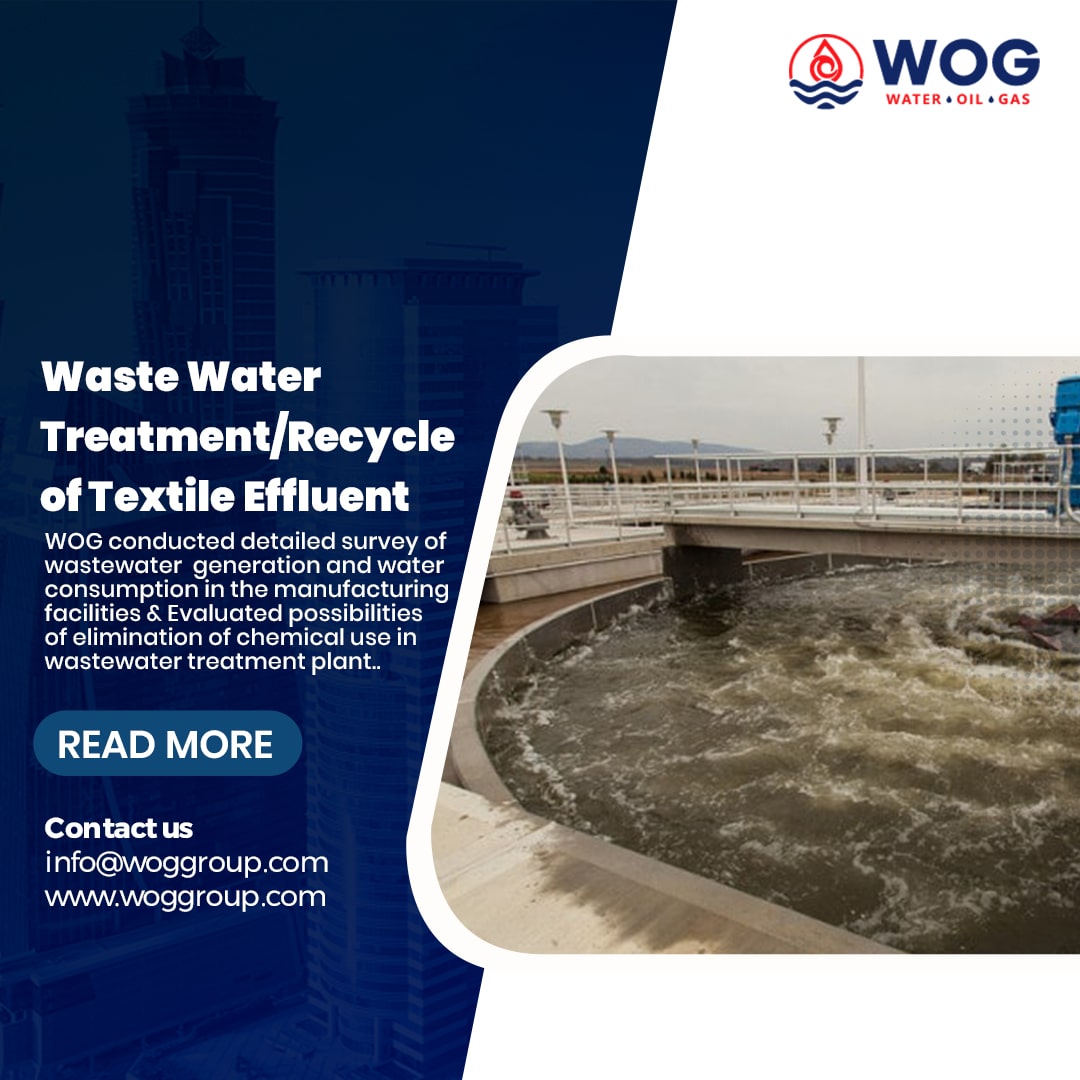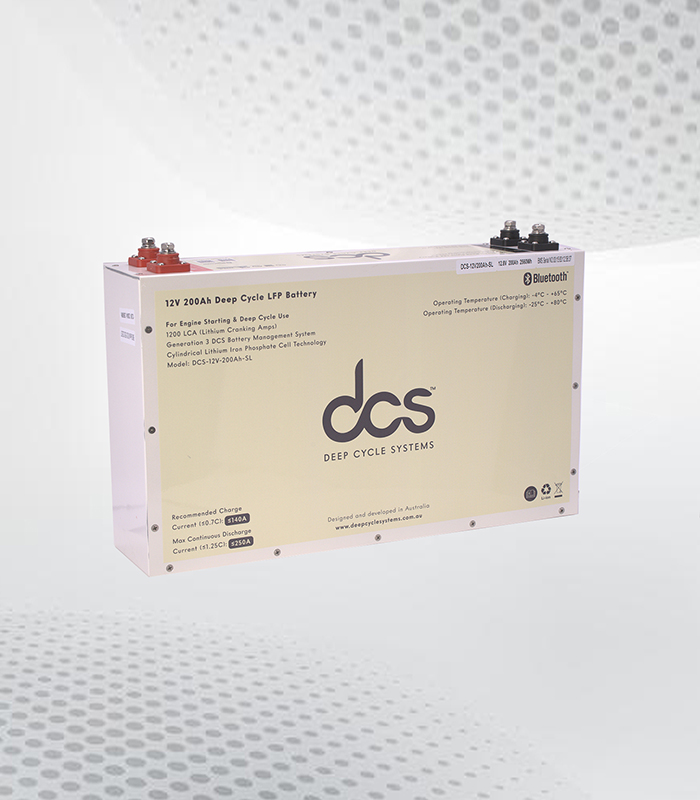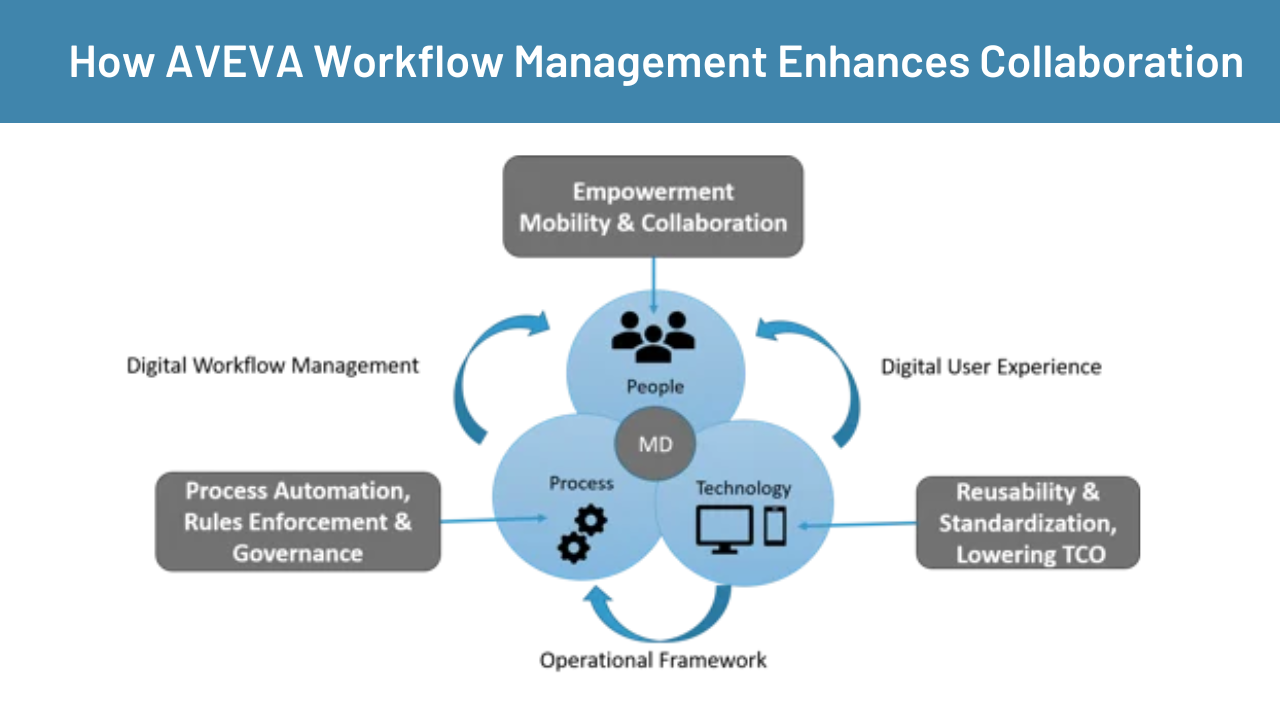Wastewater treatment plants are essential to the preservation of natural resources in the modern era of growing environmental consciousness. Modern monitoring systems are required to maximize the efficiency of these plants in light of the expanding demand for clean water and effective wastewater treatment.
Now introduce smart monitoring systems, and cutting-edge technology that improve wastewater treatment operations’ efficacy and efficiency. These systems provide insights into plant operations by utilizing automation, real-time data monitoring, and advanced analytics.
These systems allow plant operators to make data-driven choices and modify operations by continuously monitoring vital factors including pH levels, chemical dosing, and flow rates. There are numerous advantages to smart monitoring systems.
By assisting in the early detection of any problems, proactive maintenance and less downtime are achieved. These technologies also lead to significant cost savings and improved environmental sustainability through resource consumption optimization and improvement identification.
In conclusion, the use of smart monitoring systems in wastewater treatment facilities raises the bar for efficacy and efficiency in wastewater management. These systems, which make use of cutting-edge technologies, optimize plant performance, lower expenses, and help safeguard our priceless water resources overall.
Importance of enhanced performance in wastewater treatment plants.
Improved effluent treatment plant performance is essential for several reasons. Let’s examine the value of improved performance and how intelligent monitoring solutions support it.
-
Environmental Protection:
By filtering impurities and pollutants out of wastewater before it is released into natural water bodies, wastewater treatment plants significantly contribute to environmental protection. Improved performance guarantees that organic matter, nutrients (such as nitrogen and phosphorus), heavy metals, pathogens, and organic matter are all removed from the system in a highly efficient and effective manner. Improved performance reduces the negative effects of wastewater discharge on ecosystems and aids in maintaining water quality by reaching higher levels of pollutant removal.
-
Public Health and Safety:
There are serious concerns about the public’s health and safety associated with inadequate wastewater treatment. Wastewater that has been improperly or untreated can affect recreational waters, agricultural fields, and sources of drinking water. Health risks such as hazardous algal blooms and the development of waterborne illnesses can result from this contamination. Improved effluent treatment plant performance guarantees that the treated wastewater satisfies regulatory requirements and protects public health and safety.
-
Resource conservation:
Nutrients, energy, and water are among the precious resources found in wastewater. Recovering and reusing these resources is made possible by improved performance in treatment facilities. For instance, high-quality recovered water from improved treatment methods can be used for industrial or agricultural purposes, hence lowering the need for freshwater resources.
Furthermore, by identifying energy-intensive activities and recommending energy-saving solutions, smart monitoring systems may optimize energy usage and promote sustainability and resource conservation.
How do smart monitoring systems work?
Let’s talk about the operation of smart monitoring systems in wastewater treatment plants:
-
Sensor Networks:
A network of sensors positioned thoughtfully throughout the treatment plant is the foundation of smart monitoring systems. Numerous data, including flow rates, pH values, dissolved oxygen, turbidity, and chemical concentrations, are measured using these sensors. Data is continuously gathered by the sensors and sent to a central control system.
-
Data Gathering and Analysis:
In real-time, the central control system gathers and evaluates data from the sensor network. The data can be processed using sophisticated algorithms and machine-learning approaches to find trends, patterns, and anomalies. To maximize plant performance, this study aids operators and plant management in making well-informed decisions.
-
Process Optimization:
Smart monitoring systems can offer insights into treatment processes and recommend changes to improve performance based on data analysis. For instance, the system can notify operators to take corrective action, like changing aeration rates or supplying more oxygen, if the data shows a drop in dissolved oxygen levels. The system optimizes energy and chemical consumption while optimizing treatment efficiency by continuously monitoring and adjusting many parameters.
-
Predictive Maintenance:
By examining sensor data, smart monitoring systems can also anticipate equipment breakdowns or maintenance requirements. Proactive maintenance scheduling minimizes downtime and maximizes plant operations by anticipating possible problems.
Benefits of implementing smart monitoring systems
There are various advantages to using smart monitoring systems in wastewater treatment facilities. Let’s examine a few of these advantages:
-
Real-Time Monitoring:
The treatment plant’s numerous parameters can be continuously and in real-time monitored thanks to smart monitoring devices. This makes it possible for operators to stay informed about the plant’s performance, spot problems early, and take quick corrective action. Efficiency and control over processes are enhanced by real-time monitoring.
-
Predictive maintenance:
Smart monitoring systems can forecast equipment breakdowns or maintenance requirements by evaluating sensor data. This lowers the chance of unplanned malfunctions, permits proactive maintenance planning, and cuts downtime. Predictive maintenance increases the longevity and dependability of equipment.
-
Data-Driven Decision-Making:
From the treatment plant, intelligent monitoring systems gather and process enormous volumes of data. Data-driven decision-making can be supported and actionable insights can be generated from this data. When it comes to long-term planning, resource allocation, and process optimization, operators and plant managers can make well-informed judgments.
-
Improved Performance and Efficiency:
By evaluating data and offering suggestions for process modifications, intelligent monitoring systems optimize the treatment procedures. This results in less energy and chemical usage, increased pollutant removal, higher performance, and overall operational efficiency. It lowers operating expenses and aids in regulatory compliance.
Key features to look for in smart monitoring systems
The following are important factors to take into account when choosing a smart monitoring system for a wastewater treatment plant:
-
Compatibility and Integration:
The treatment plant’s current infrastructure and equipment should work with the smart monitoring system. It ought to be able to easily interface with the data management platforms, sensors, and control systems of the plant.
-
Sensor Variety and Accuracy:
To monitor different parameters related to water treatment, look for a system that supports a broad variety of sensors. To get accurate data for analysis and decision-making, the sensors’ precision and dependability are essential.
-
Remote Access and Control:
Take into consideration a system that enables operators to oversee and manage the treatment procedures from any location by providing remote access and control features. Operational responsiveness and flexibility are improved via remote access.
Select a system that can grow and adapt as the requirements of the treatment plant change. In the future, it ought to be able to support more sensors or equipment and handle growing data volumes. We can meet our client’s objectives by offering specialized technical solutions through internal expertise and strategic relationships. WOG offers a broad range of services generally, such as design, construction, and installation. The Industrial effluent water treatment system makes use of cutting-edge, environmentally beneficial technologies. After we examined the wastewater, they treated it and released it into the surrounding bodies of water. The mechanisms ensure that recycled water won’t harm the environment. Industries need different kinds of sewage facilities based on the kinds of chemicals they produce.




